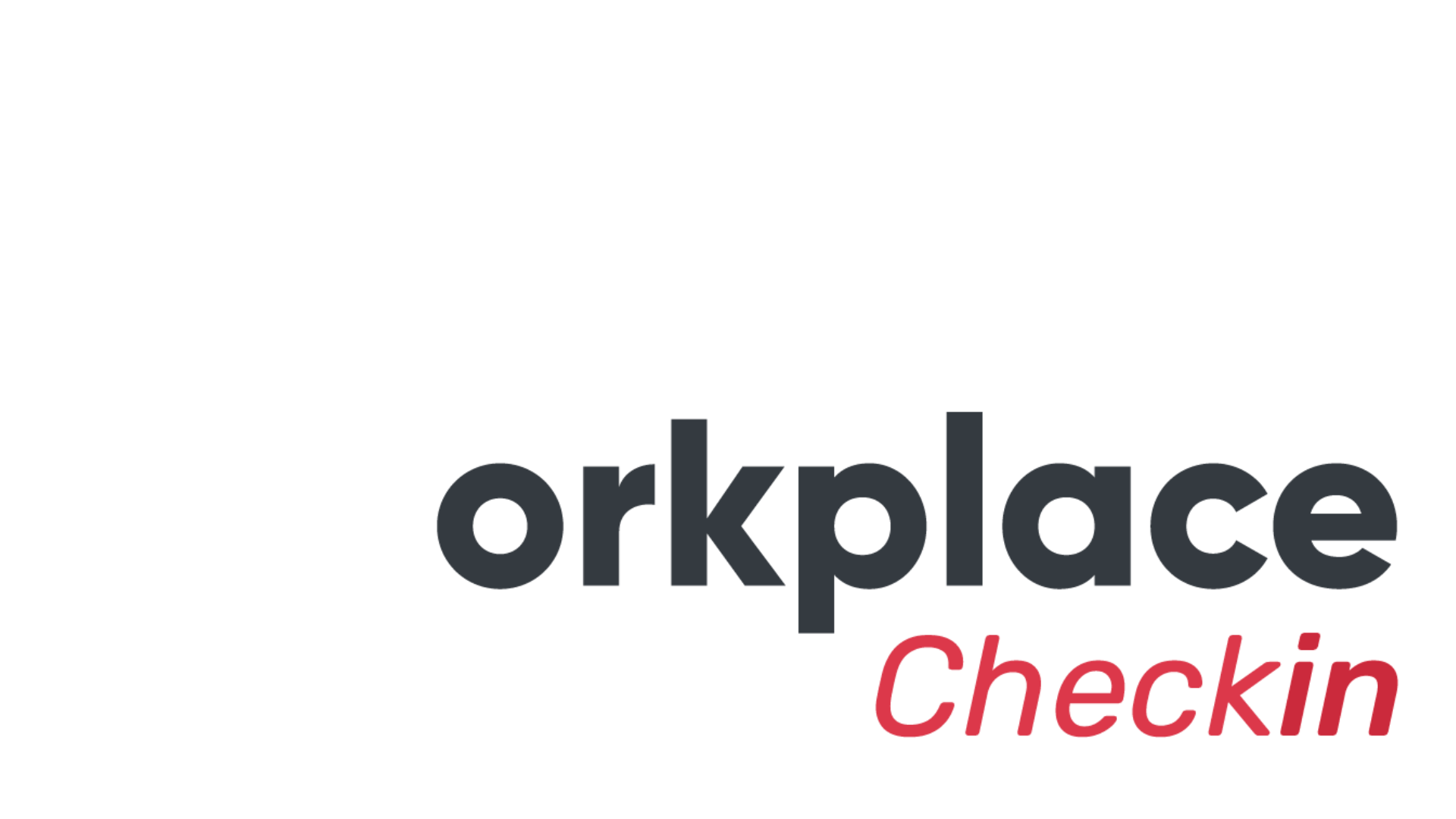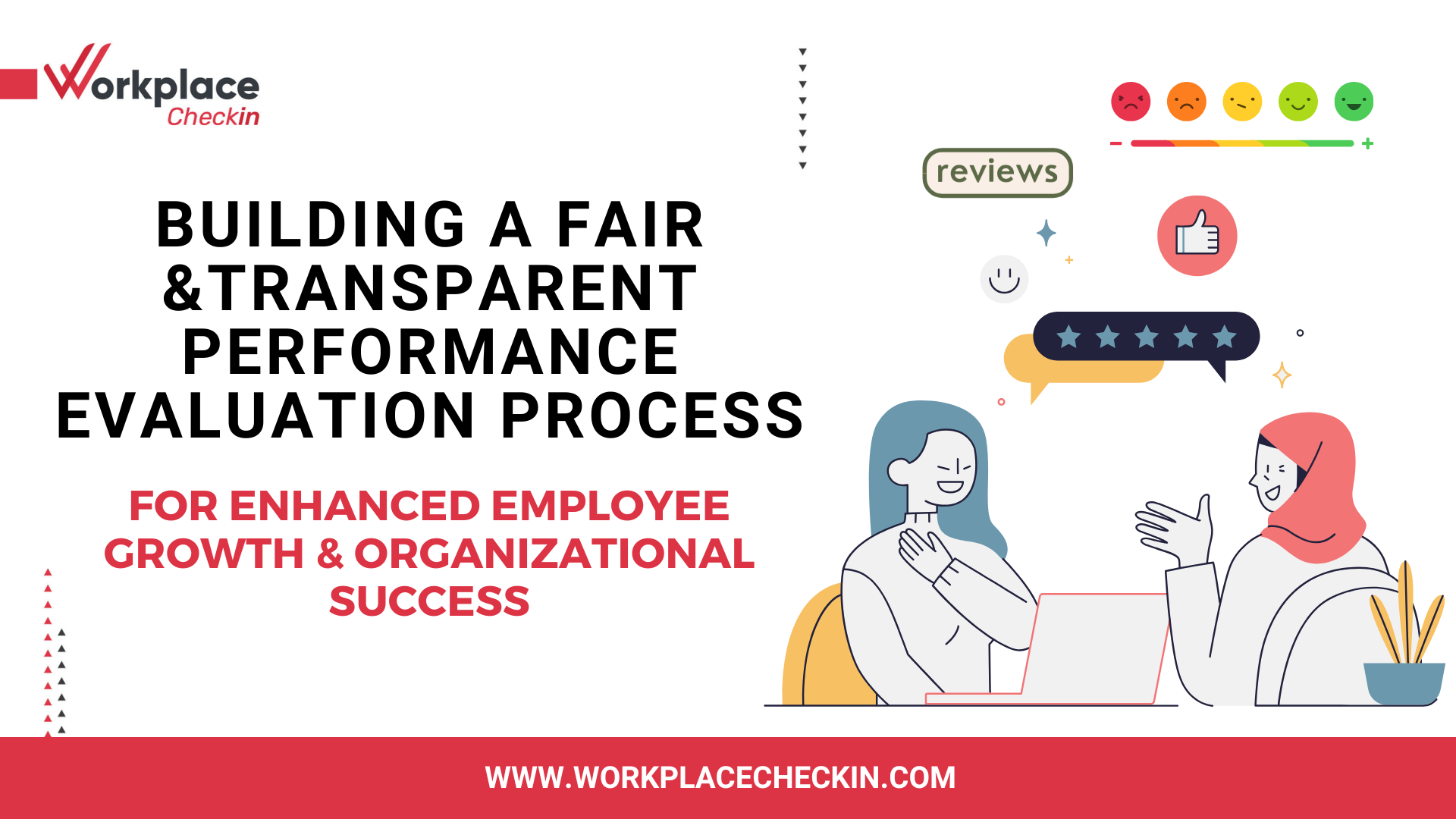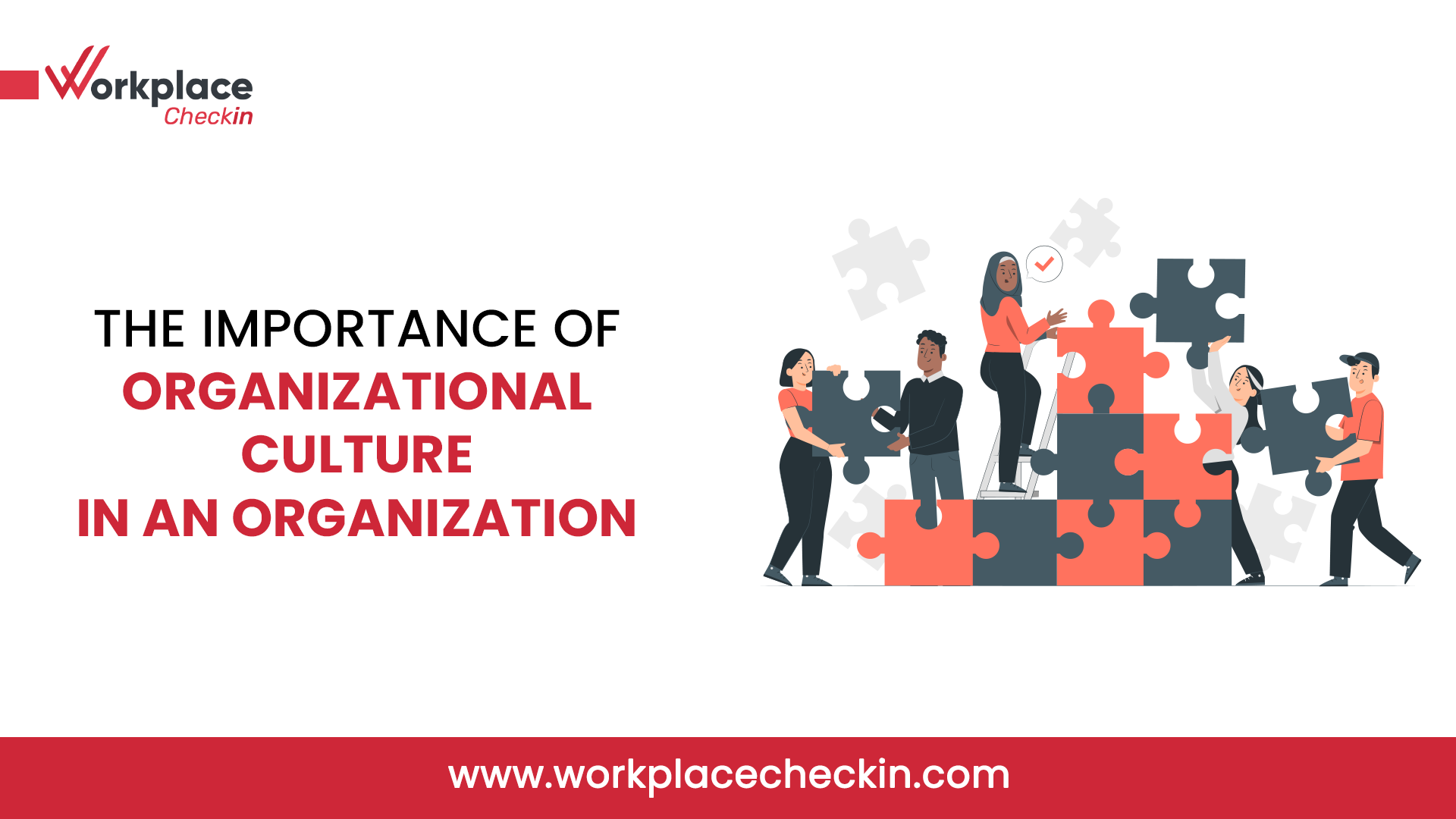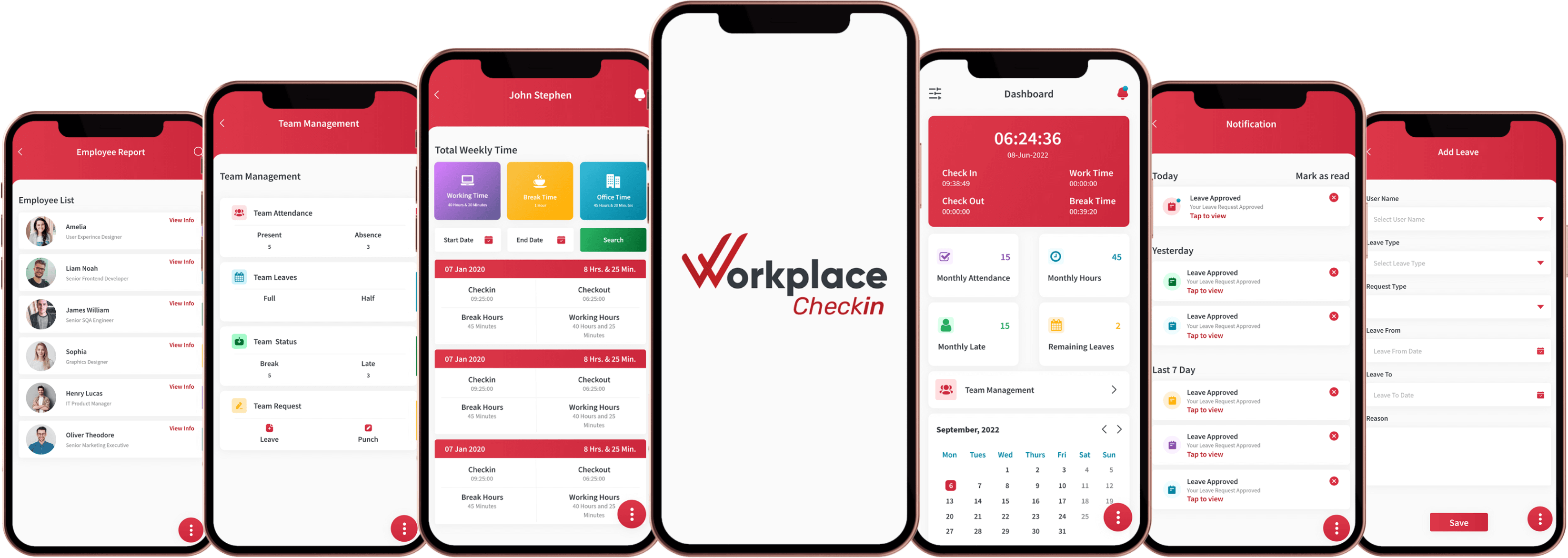

In today's rapidly evolving workplace landscape, characterized by technological advancements and automation, the role of HR professionals has become more critical than ever. With automation reshaping job roles and skill requirements across industries, the imperative for upskilling and reskilling has emerged as a strategic necessity for organizations to remain competitive and future-ready. In this blog post, we delve into the significance of upskilling and reskilling initiatives, and explore how HR professionals are driving this imperative forward.
Understanding Upskilling and Reskilling
Upskilling and reskilling refer to the process of equipping employees with new skills or enhancing existing ones to adapt to changing job roles, technological advancements, and evolving business needs. With automation and artificial intelligence (AI) revolutionizing various sectors, many traditional job roles are being augmented or replaced by technology. As a result, organizations must invest in their workforce to ensure employees possess the skills required for the jobs of tomorrow.

The Impact of Automation on the Workforce
The rise of automation has significant implications for the workforce. While it promises increased efficiency and productivity, it also disrupts traditional job roles and creates a demand for new skill sets. Routine tasks are increasingly being automated, leading to a shift in the nature of work towards roles that require creativity, critical thinking, problem-solving, and digital literacy. To thrive in this changing landscape, employees need to continuously update their skills and adapt to emerging technologies.
The Role of HR in Driving Upskilling and Reskilling Initiatives
HR professionals play a pivotal role in spearheading upskilling and reskilling initiatives within organizations. They are tasked with identifying skill gaps, designing training programs, fostering a culture of learning, and providing career development opportunities for employees. By collaborating with business leaders and leveraging data analytics, HR can develop targeted training programs aligned with organizational objectives and industry trends.
Strategies for Effective Upskilling and Reskilling
Skills Assessment:
Conducting comprehensive skills assessments is the foundation of any successful upskilling and reskilling initiative. This involves evaluating the existing competencies of employees to identify areas where improvement or additional training is needed. Skills assessments can take various forms, including self-assessment surveys, performance evaluations, competency-based interviews, and skills gap analyses. By gaining a clear understanding of employees' strengths and weaknesses, organizations can tailor their training programs to address specific skill gaps effectively.
Tailored Training Programs:
Once skill gaps have been identified through the assessment process, organizations can develop tailored training programs to address these gaps. These programs should be customized to meet the unique needs and learning styles of employees while also aligning with their career aspirations and organizational goals. Whether through traditional classroom training, workshops, e-learning modules, or hands-on experiences, the training should be relevant, engaging, and targeted towards enhancing the skills necessary for employees to succeed in their current roles and beyond.
Digital Learning Platforms:
With the rise of technology, digital learning platforms have become invaluable tools for upskilling and reskilling initiatives. Investing in these platforms provides employees with flexible and accessible learning opportunities, allowing them to learn at their own pace and convenience. Digital learning platforms offer a wide range of resources, including interactive courses, webinars, video tutorials, and virtual classrooms, covering various topics and skill levels. By leveraging these platforms, organizations can facilitate continuous learning and development for their workforce, regardless of geographical location or time constraints.
Cross-Functional Training:
Cross-functional training involves exposing employees to different departments or areas within the organization to broaden their skill sets and perspectives. This can be achieved through job rotations, job shadowing, mentorship programs, or collaborative projects that encourage employees to work across functional boundaries. By gaining exposure to various roles and responsibilities, employees not only acquire new skills but also develop a deeper understanding of the organization as a whole. Cross-functional training fosters collaboration, innovation, and a more cohesive workforce, ultimately contributing to organizational success.
Continuous Feedback and Evaluation:
Ongoing feedback and evaluation are essential components of any upskilling and reskilling initiative. Organizations should establish mechanisms for collecting feedback from both employees and trainers to assess the effectiveness of training programs and identify areas for improvement. This can be done through surveys, focus groups, performance reviews, or informal discussions. By regularly evaluating the impact of training efforts, organizations can make informed decisions about adjusting their strategies and allocating resources more effectively to meet evolving needs.
Promotion of a Learning Culture:
Finally, fostering a culture of continuous learning and development is critical to the success of upskilling and reskilling initiatives. Organizations should actively promote and encourage employees to engage in learning activities by providing incentives, recognition, and opportunities for advancement. This can include offering financial support for further education, creating mentorship programs, hosting lunch-and-learn sessions, or establishing internal knowledge-sharing platforms. By emphasizing the importance of lifelong learning, organizations instill a growth mindset among employees and create a workforce that is adaptable, resilient, and future-ready.

Benefits of Upskilling and Reskilling for Organizations
By prioritizing upskilling and reskilling initiatives, organizations can unlock several benefits:
Enhanced Agility and Adaptability:
A skilled workforce is better equipped to adapt to technological changes and evolving market trends, enabling organizations to stay ahead of the curve.
Improved Employee Engagement and Retention:
Investing in employees' professional development demonstrates a commitment to their growth and fosters a sense of loyalty and engagement.
Increased Innovation and Creativity:
Empowering employees with new skills and knowledge stimulates innovation and encourages creative problem-solving.
Future-Proofing the Organization:
By proactively preparing employees for the jobs of the future, organizations mitigate the risks associated with technological disruption and ensure long-term sustainability.
Conclusion:
Upskilling and reskilling initiatives have emerged as indispensable strategies for organizations aiming to thrive in the age of automation. The rapid advancement of technology, coupled with evolving market demands, necessitates a workforce equipped with relevant skills and capabilities to remain competitive and adaptable. HR professionals serve as the linchpin in driving these initiatives forward, playing a central role in identifying skill gaps, designing effective training programs, and fostering a culture of continuous learning and development within the organization.
As organizations navigate the complexities of the modern workplace, investing in their workforce's development becomes paramount. By prioritizing upskilling and reskilling efforts, organizations not only enhance the employability and productivity of their employees but also future-proof their businesses against technological disruptions and industry shifts. Moreover, a skilled and agile workforce enables organizations to seize emerging opportunities, innovate, and stay ahead of the curve in an increasingly dynamic and competitive business landscape.
It is crucial for organizations to recognize that upskilling and reskilling are ongoing processes rather than one-time endeavors. As technology continues to evolve and industries undergo rapid transformations, the skills required to succeed in the workforce will inevitably evolve as well. Therefore, organizations must commit to fostering a culture of lifelong learning and adaptability, where employees are empowered to continuously acquire new skills and knowledge to stay relevant and resilient in the face of change.
By embracing upskilling and reskilling as strategic imperatives and leveraging the expertise of HR professionals, organizations can position themselves for sustained success and growth in the dynamic and competitive landscape of the digital age. Through proactive investment in their workforce's development, organizations not only secure their place in the market but also cultivate a culture of innovation, agility, and resilience that propels them towards future prosperity.






